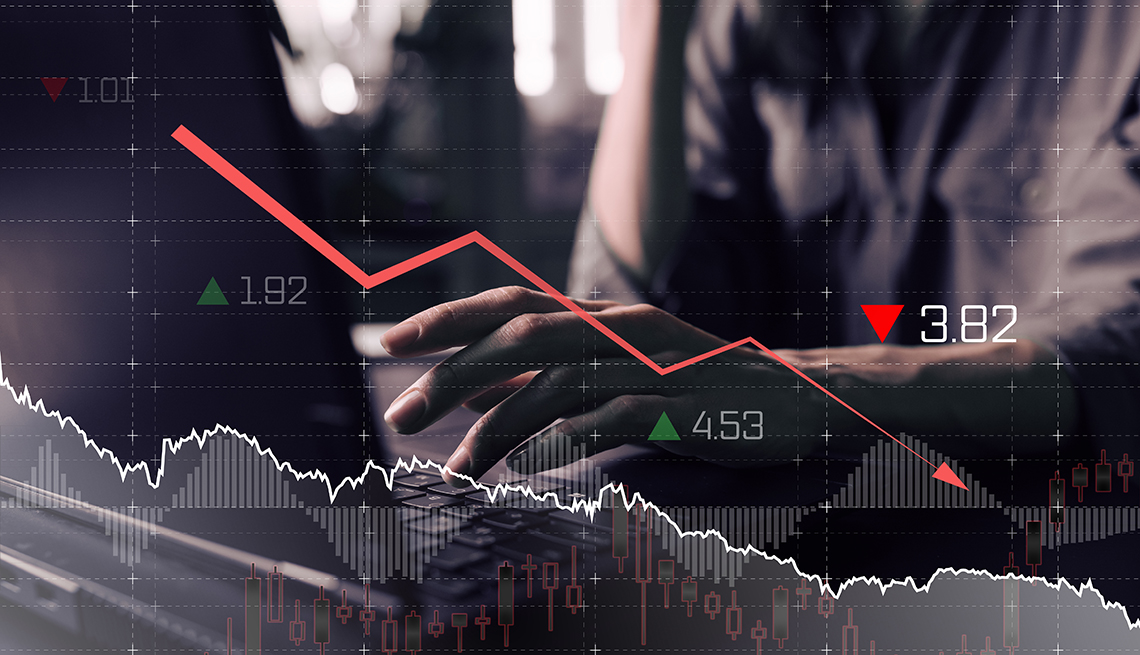
The downside is that most investors don’t realize the potential risks that go along with an investmentin a debt instrument. Here are some of the most common bond-buying mistakes you should avoid today.
Not Being Aware of Interest Rate and Price Variability
Interest rate and bond prices have an inverse relationship. As rates go up, bond prices decline, and vice versa. This means that in the period before the bond’s redemption on its maturity date, the price of the issue will differ widely as interest rates fluctuate. Many investors seem to be unaware of this.
There’s no surefire way to protect oneself from this kind of volatility. And as such, fixed-income investors, no matter the length of maturity of the bonds they hold, should be ready to maintain their positions until the actual date of redemption. If you have to sell the bond before the maturity, you may end up incurring losses if the interest rate has turned against you.
Assuming Company will Make Its Debt Payment
Just because you own a bond or because it is highly regarded in the investment community doesn’t ensure that you will earn a dividend payment, or that you will ever see the bond redeemed. In many ways investors seem to ignore this process.
But instead of making the assumption that the investment is sound, the investor should review the company’s financials and look for any reason it won’t be able to deliver to its obligation. They must look closely at the income statement and then take the annual net income figure and add back taxes, depreciation, and any other non-cash charges.
This will help you find how many times that figure exceeds the annual debt service number. Ideally, there should be at least two times coverage in order to feel comfortable that the company will have the ability to pay down its debt.
Not Paying Attention to Inflation Trends
When bond investors hear reports of inflation trends, they need to keep tabs on that. Inflation can eat away a fixed income investor’s future purchasing power quite easily.
For instance, if inflation is growing at an annual rate of four percent, this means that each year it will take a four percent greater return to maintain the same purchasing power. This is very important, especially for investors who buy bonds at or below the rate of inflation, since they are actually guaranteeing they’ll lose money when they purchase the security.
Of course, this is not to say that an investor shouldn’t buy a low-yielding bond from a highly rated corporation. But investors should understand that in order to defend against inflation, they must acquire a higher rate of return from other investments in their portfolio such as common stocks or high-yielding bond.




